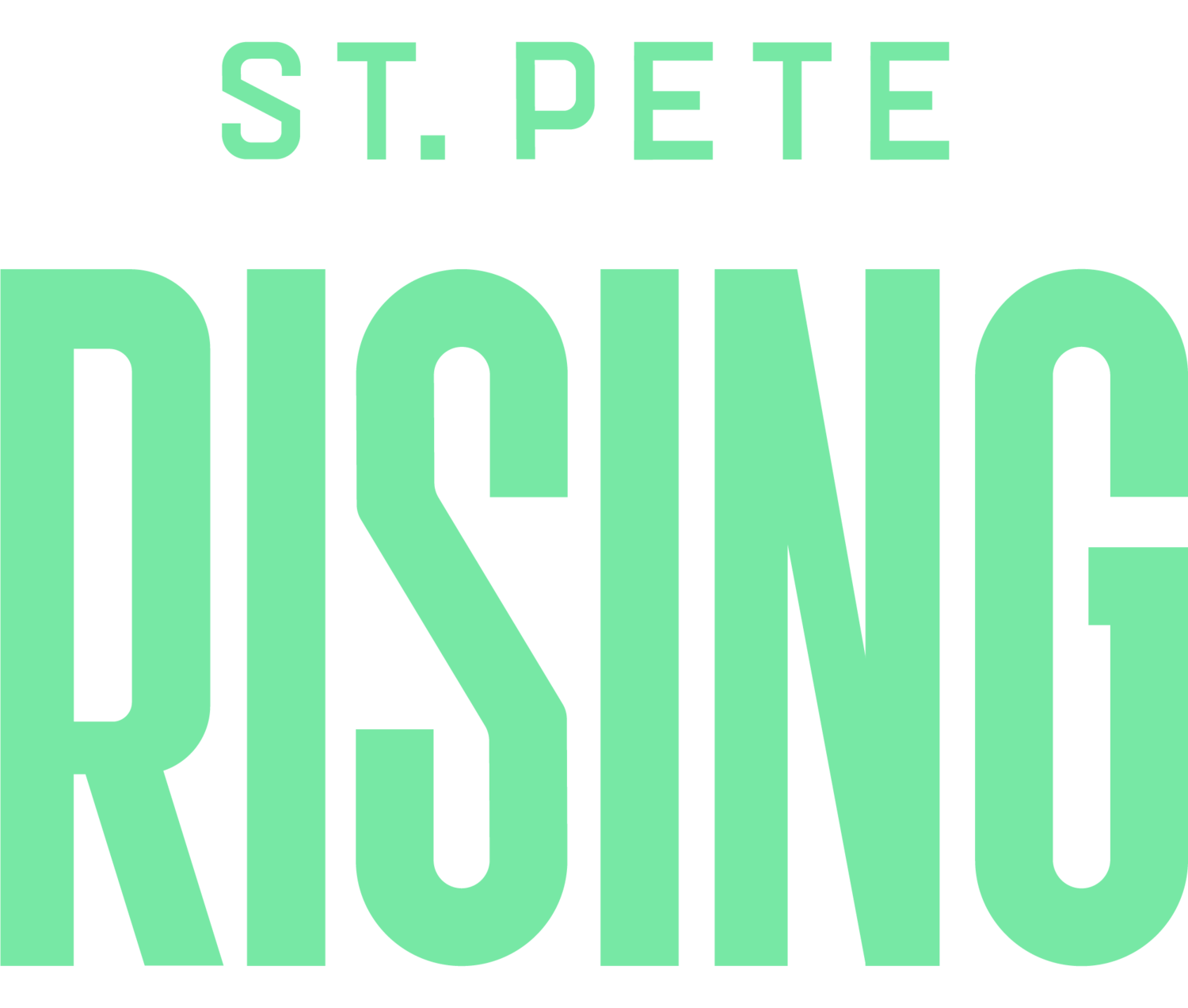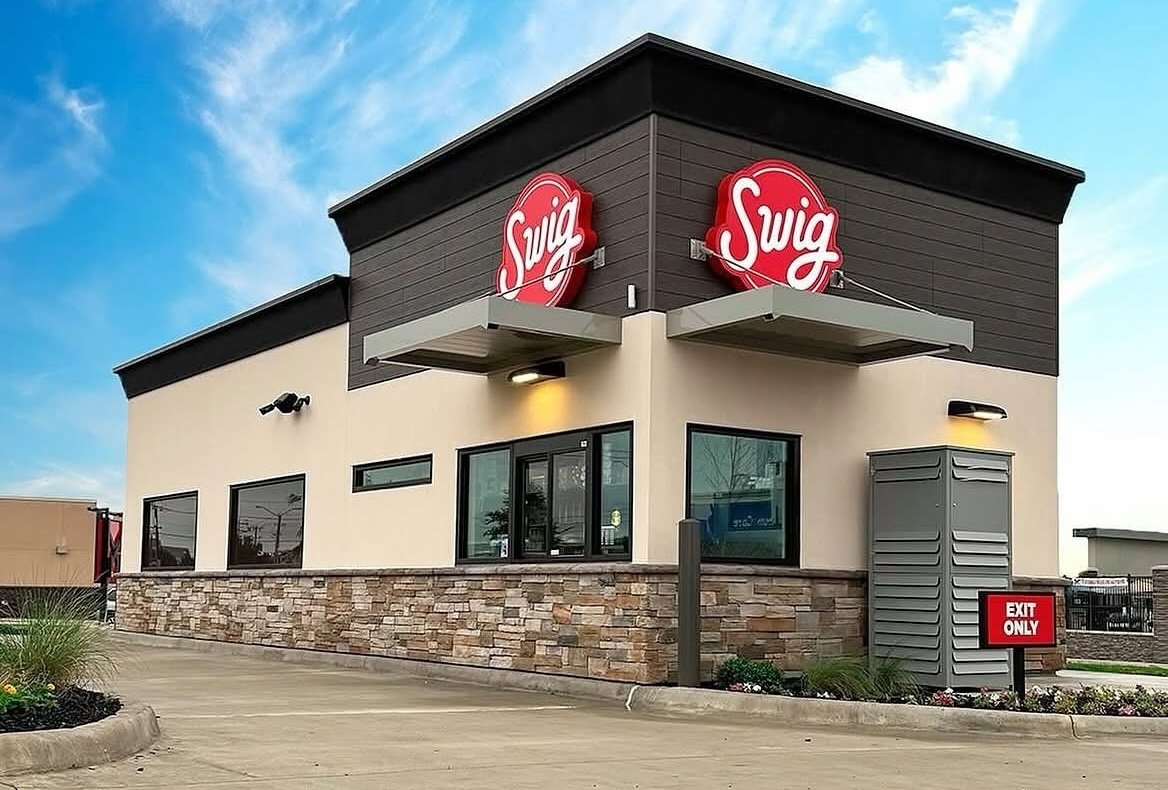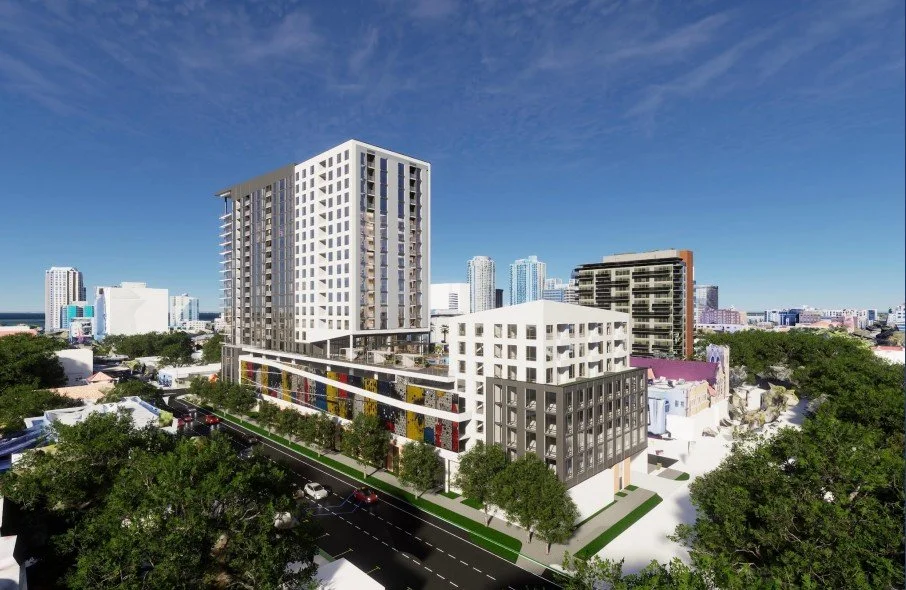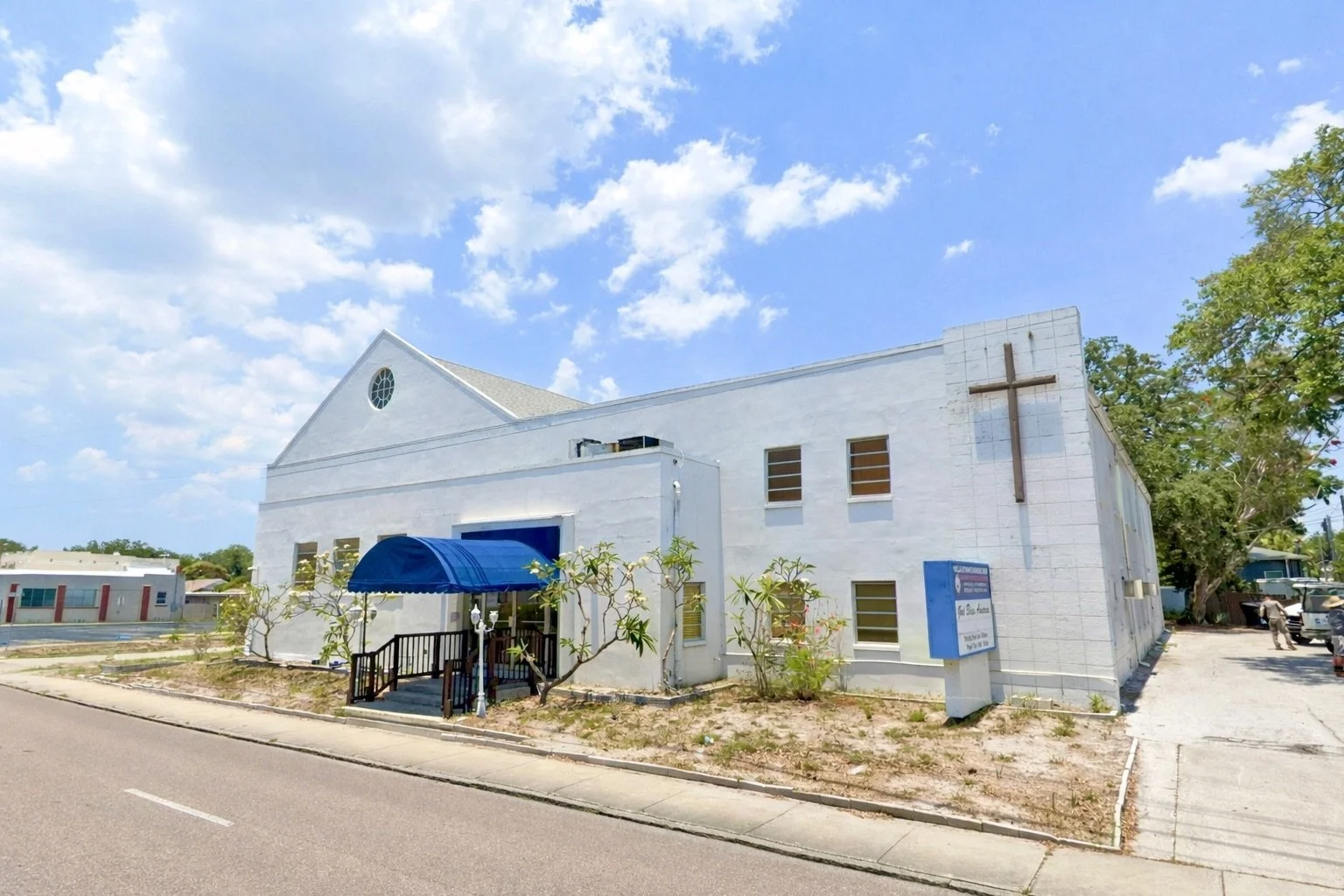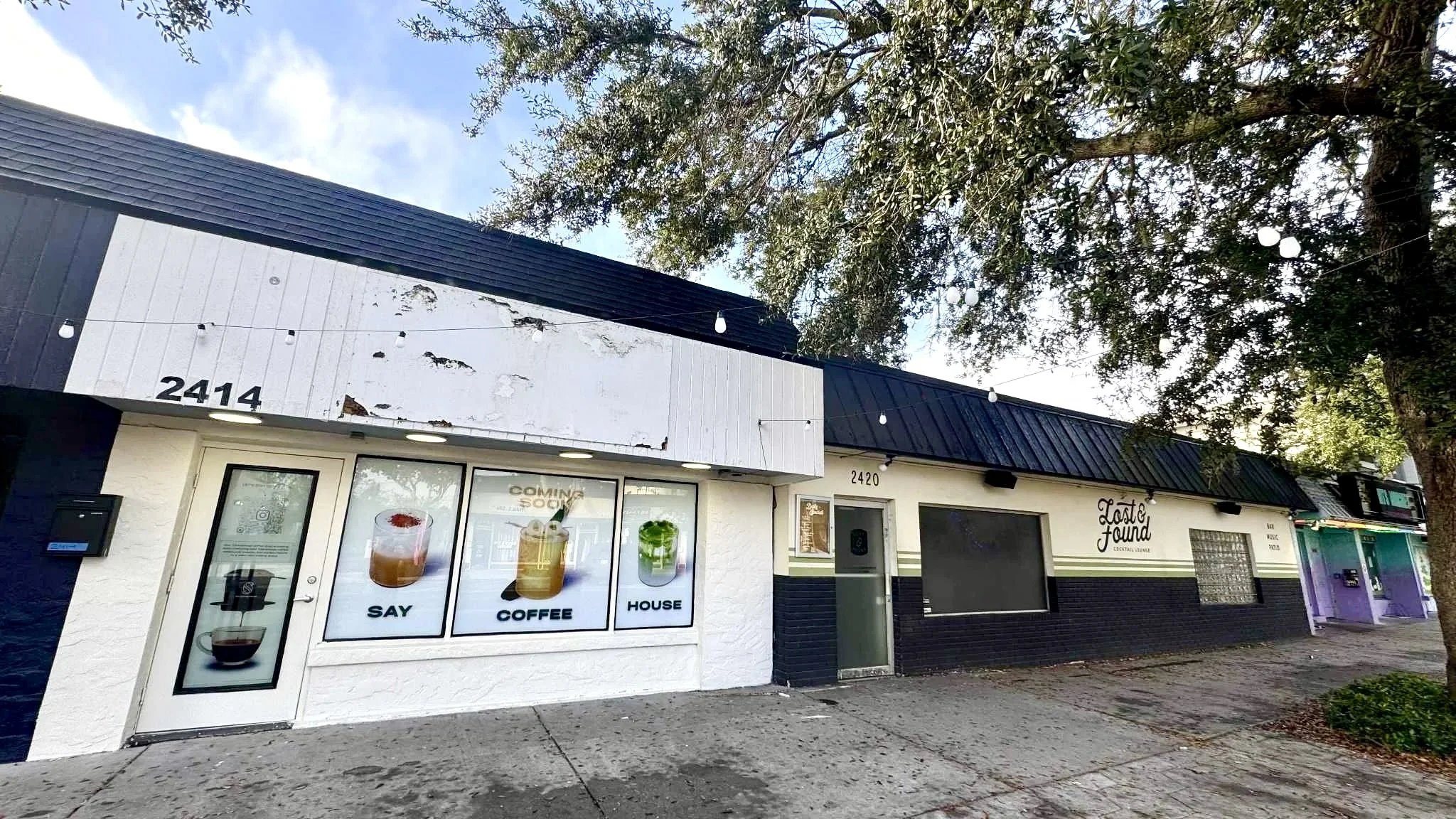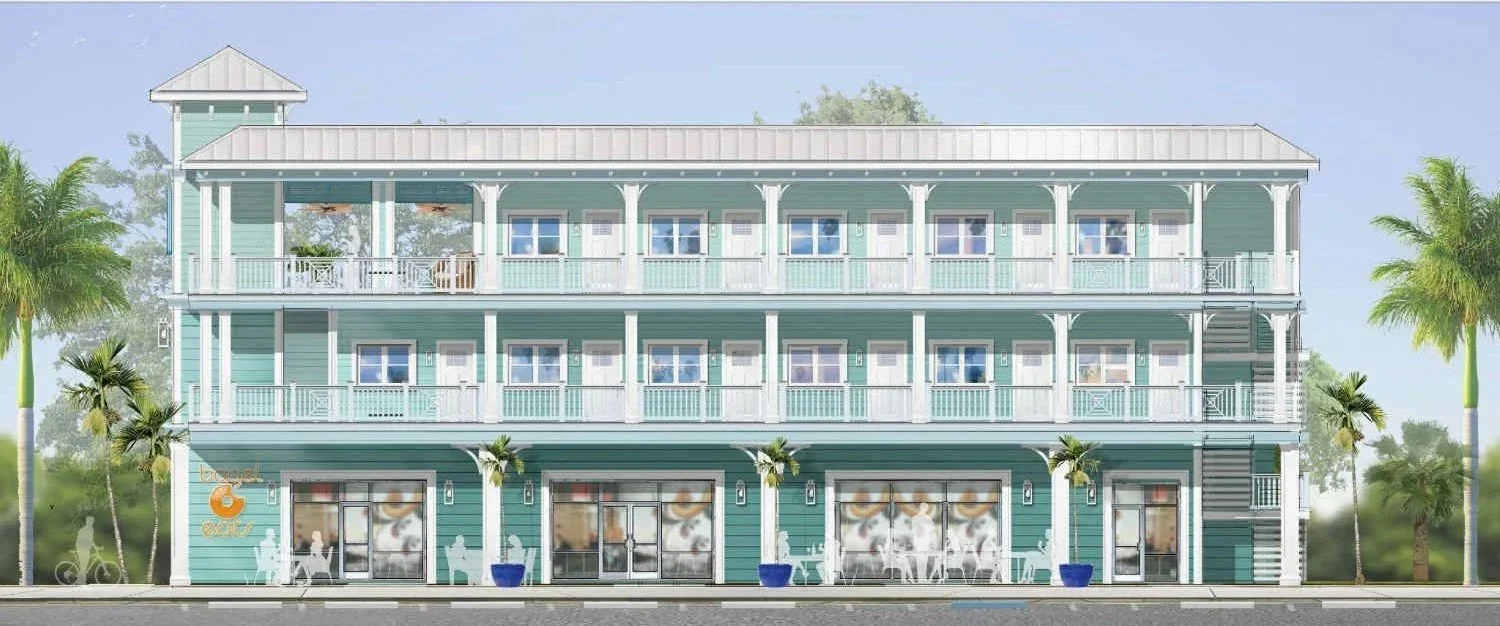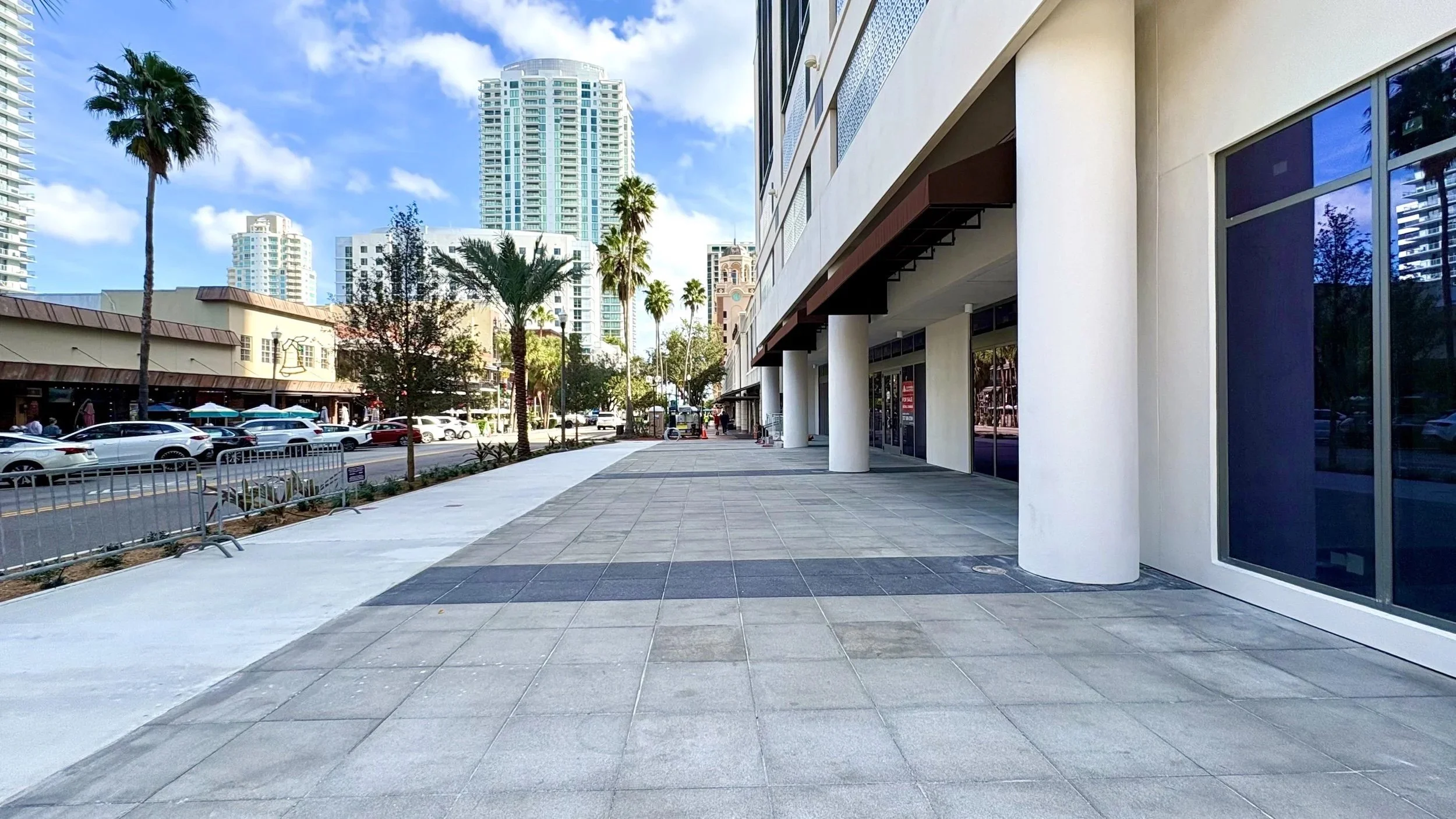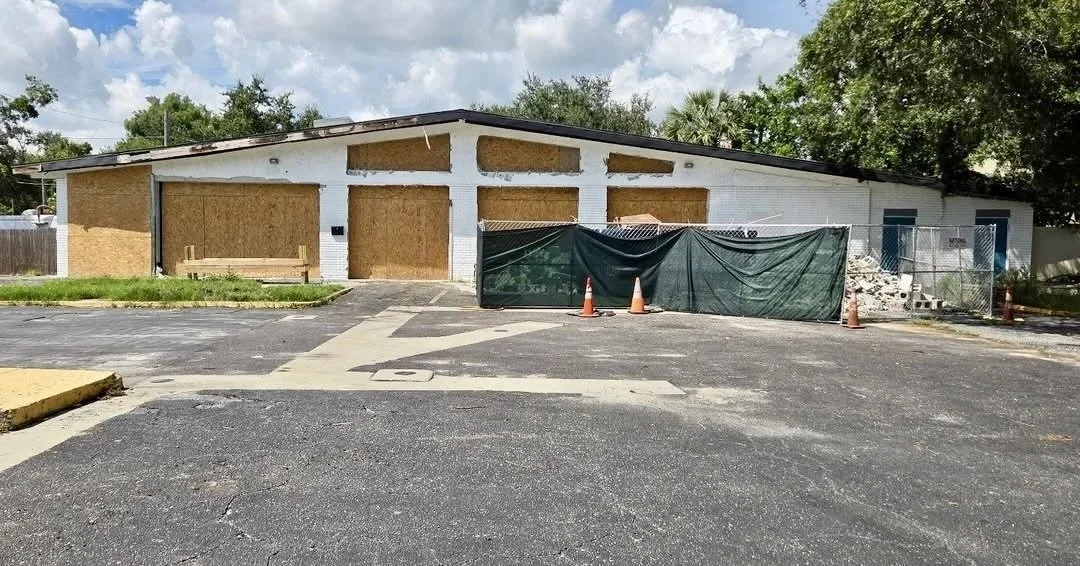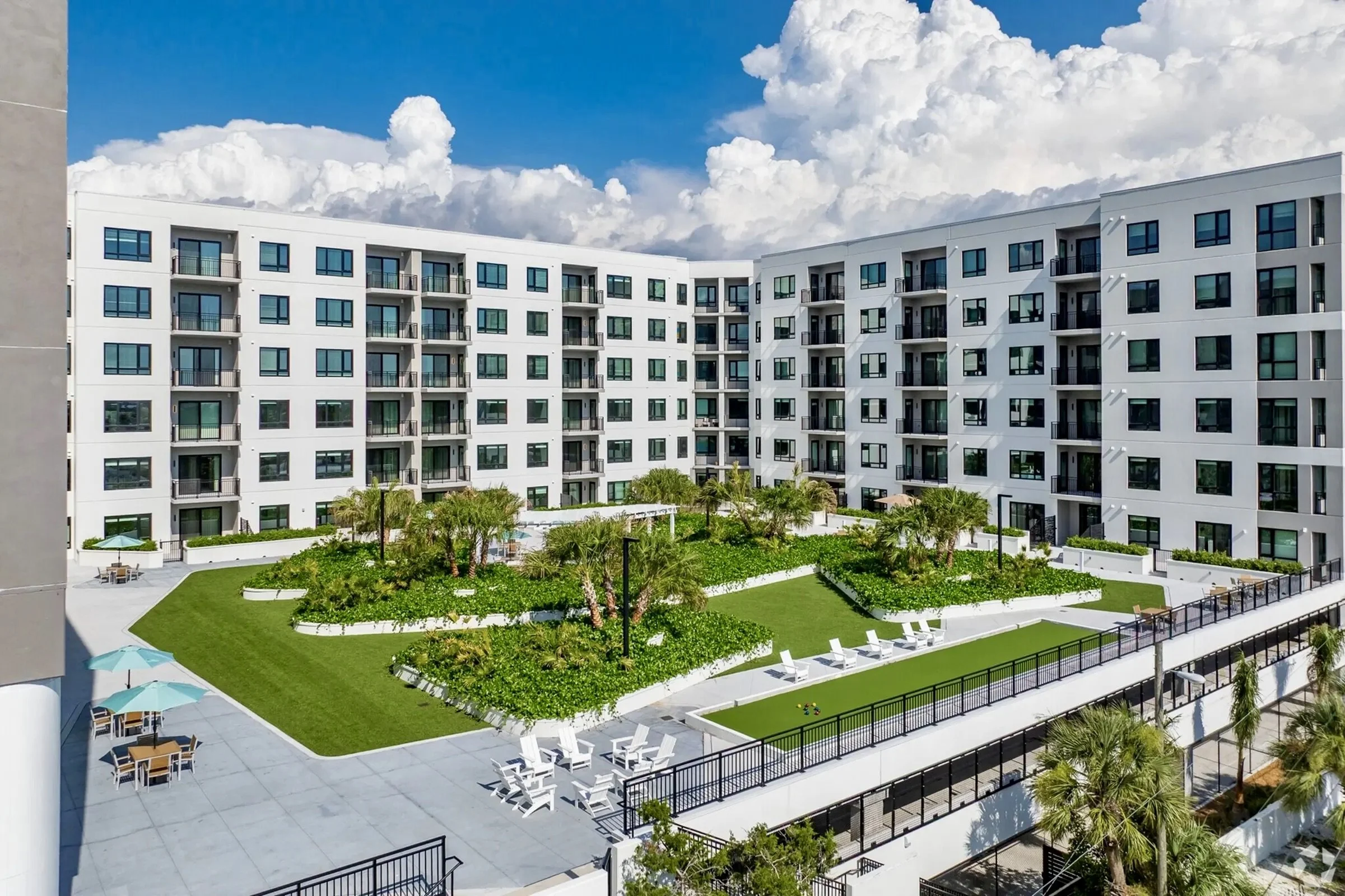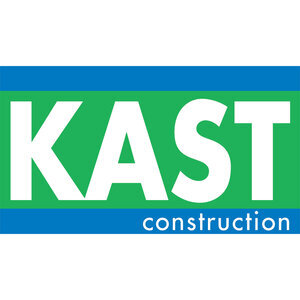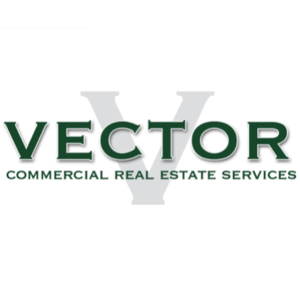Warehouse Arts District upzoning approved, paves way for new development
/A new zoning overlay, expected to usher in a new wave of mixed-use development, was recently approved for the Warehouse Arts District | Warehouse Arts District
A major zoning overhaul in the Warehouse Arts District is expected to spark a flurry of new development in the historically industrial neighborhood near downtown St. Pete.
Last week, after years of planning and debate, St. Petersburg City Council unanimously voted to adopt the SunRunner Target Employment Center (TEC) Local Overlay, which encompasses 58 acres generally located south of 1st Avenue South, east of 24th Street South, and north and west of Interstate 275.
The Warehouse Arts District houses many of St. Pete’s most popular businesses such as 3 Daughters Brewery, Urban Stillhouse, Morean Center for Clay, and the Duncan McClellan Gallery.
The zoning change is designed to boost housing, job creation, and commercial opportunities around the SunRunner Bus Rapid Transit (BRT) station at 22nd Street by allowing non-industrial uses to develop alongside small-scale fabrication, makers, and arts spaces when performance measures are met.
“This [the new zoning overlay] is basically creating an entertainment district for the city,” Mark Aeling, owner of MGA Sculpture Studio and president of the Warehouse Arts District Association, said at the meeting.
Councilmember Gina Driscoll echoed Aeling’s sentiment and said she sees the Warehouse Arts District as “St. Pete's next great neighborhood.”
The SunRunner Target Employment Center (TEC) Local Overlay encompasses 58 acres generally located south of 1st Avenue South, east of 24th Street South, and north and west of Interstate 275 | City of St. Pete
The zoning overlay aims to maintain the neighborhood's existing character of industrial and manufacturing, while introducing new pedestrian-friendly uses to the neighborhood such as retail stores, multifamily housing, and recreational venues — all designed to enhance the neighborhood’s vibrant cultural scene.
“This is a pivotal moment for the Warehouse Arts District and the 22nd Street South corridor,” said Mayor Ken Welch. “These amendments reflect our commitment to smart, sustainable development that connects our neighborhoods and supports the thriving arts community that makes St. Pete so special.”
The new zoning overlay does not replace the existing Industrial Traditional (IT) zoning in the neighborhood, but instead provides an alternative development option within the overlay district.
Joe Furst, owner of Miami-based real estate company Place Projects and an owner of multiple parcels along 22nd Street South, spearheaded discussion of a zoning overlay more than four years ago when he introduced his vision for a new zoning district he called “Industrial Mixed-Use” or “I-MIX.”
The City followed up Furst’s plan by commissioning the SunRunner Rising Development Study, which set forth transit-oriented development (TOD) recommendations along the entire 10-mile-long SunRunner Bus Rapid Transit (BRT) route.
A conceptual rendering of 22nd Street South as envisioned by Joe Furst's "I-Mix" or "Industrial Mixed-use" plan from 2020 | 22imix.com
Two years after the completion of the SunRunner Rising Development Study, the city has started to approve new zoning changes, beginning with the 22nd Street South corridor in the Warehouse Arts District.
Proposed developments under the new zoning overlay will need to meet certain provisions.
New developments will be required to set aside 40% of the first floor for “target employment uses”, which includes small-scale manufacturing, brewing and distilling, artist studios, creative incubators, and other light industrial, arts-related activities.
On September 5th, City Council voted to exclude parking ramps, mechanical space, and loading areas from the 40% calculation.
The remainder of the building can contain “target industry-supporting uses”, such as residential, retail, office, research, and educational activity. City officials hope these provisions will result in more housing units for low- and middle-class households.
The new overlay allows for a base Floor Area Ratio (FAR) of 2.0 and a maximum FAR of 5.0 with approved bonuses. In other words, the total building size can only be five times the land size.
FAR bonuses can be earned in a variety of ways, such as providing workforce housing and/or affordable commercial space.
maximum building height within the new overlay district is 86 feet (yellow), or approximately seven stories, and then tapers to 56 feet (Orange) and 35 feet (Blue) | City of St. Pete
As for the allowable building height, you won’t see high-rises in the Warehouse Arts District any time soon. The new overlay’s height restrictions are designed to concentrate the tallest buildings around the 22nd Street South SunRunner BRT station and then transition toward existing maximum building heights in the surrounding neighborhoods.
The maximum building height within the overlay district is 86 feet, or approximately seven stories, and then tapers to 56 feet and 35 feet.
City Council also voted to waive parking requirements for all uses approved under the new overlay.
Max McCann, Vice President of the Palmetto Park Neighborhood Association, was one of many speakers who spoke in favor of the new overlay and supported the removal of the required minimum parking requirements to allow commercial property owners the freedom to build parking spaces as they see fit.
Additional provisions aim to activate the Pinellas Trail, which runs straight through the new zoning overlay district.
A vision of Central Avenue and 22nd Street as outlined in the SunRunner Rising Development Study from 2022 | City of ST. Pete
According to approved ordinance, “The city recognizes the symbiotic relationship that can exist between the trail and local businesses and finds that special consideration towards building design and orientation along the Pinellas Trail is necessary to activate trail frontages, maintain a safe, pedestrian-oriented environment for trail users, and stimulate local economic development for businesses that locate along the Pinellas Trail.”
Now that the SunRunner Target Employment Center (TEC) Local Overlay has been adopted, the City will set its sights on other areas of town.
The next package of amendments, scheduled to be discussed by the Development Review Commission and City Council by the end of the year, will focus on the SunRunner corridor from the Grand Central District west and address the city’s commercial corridors by considering increases in the allowed density, workforce housing bonus provisions, and intensity allowances.
"This process was full of twists and turns, but in the end, we made some changes that made it better to create a neighborhood for the creative class so that we can see what a neighborhood can look like when you look outside of the traditional boxes we are so used to," Driscoll said.
